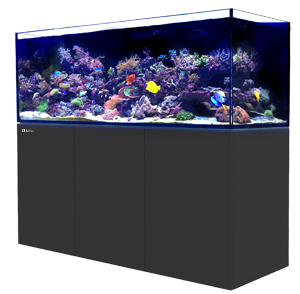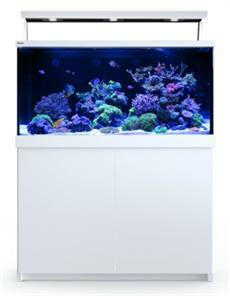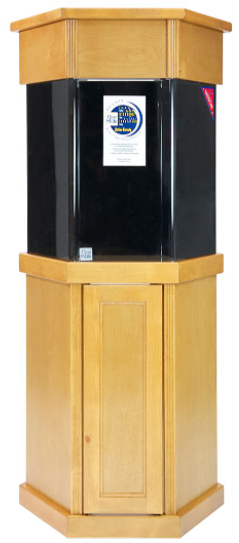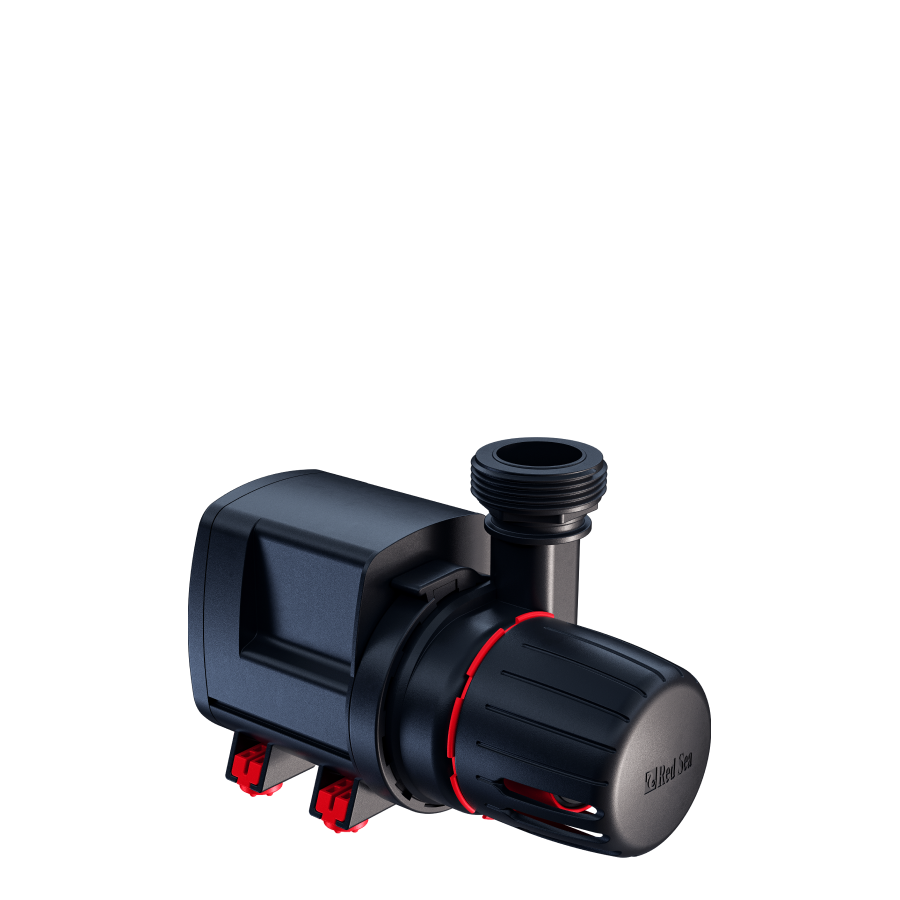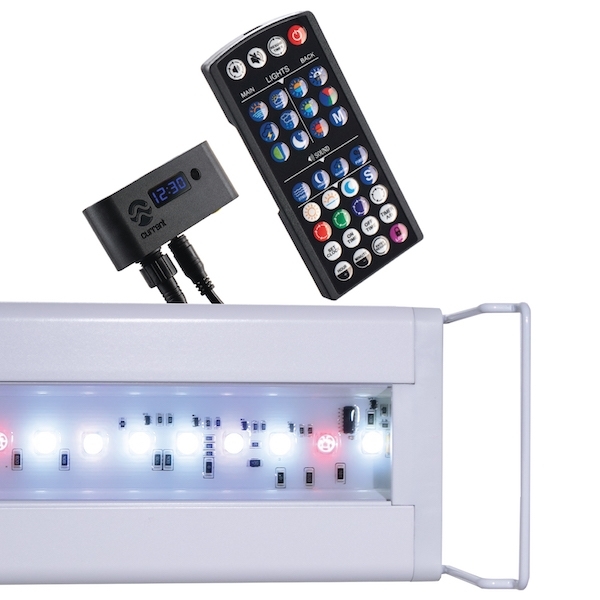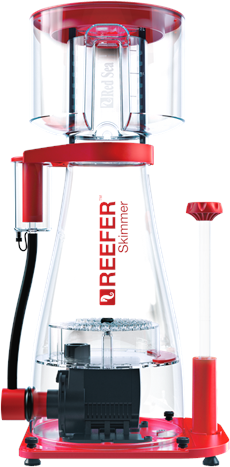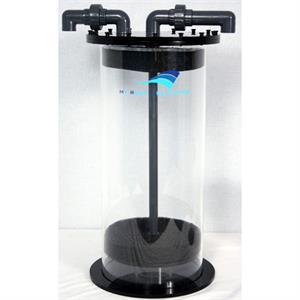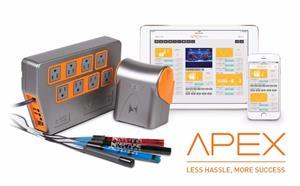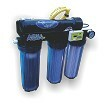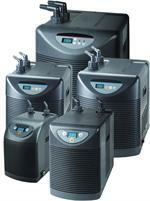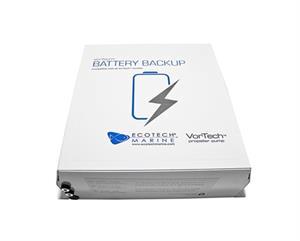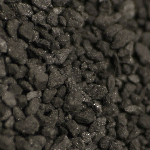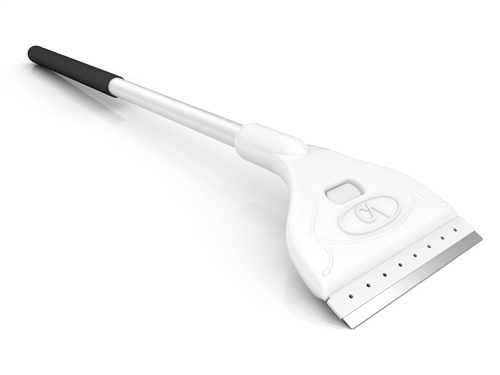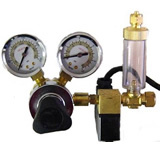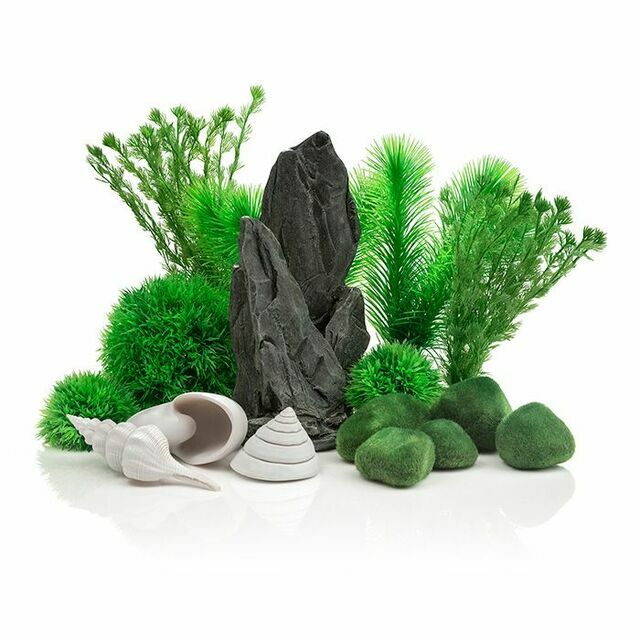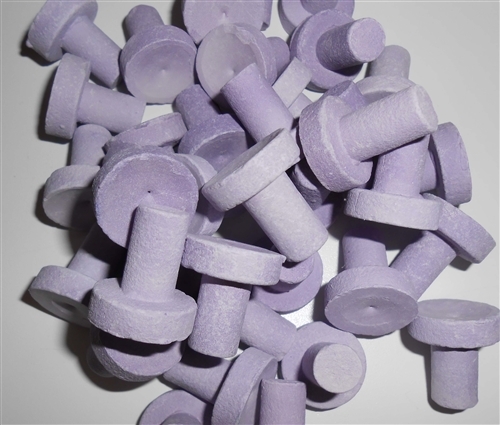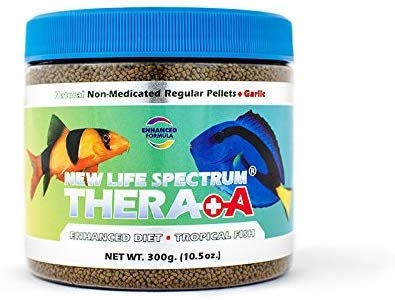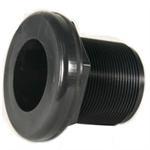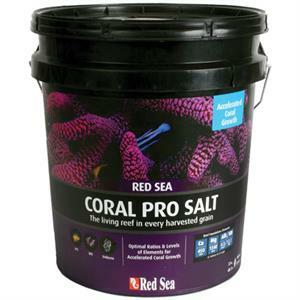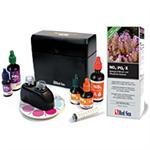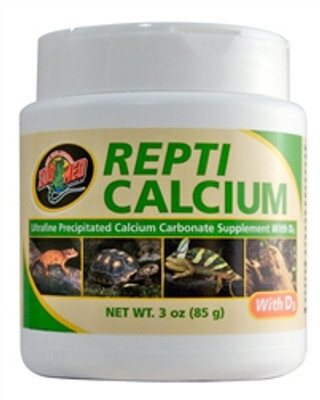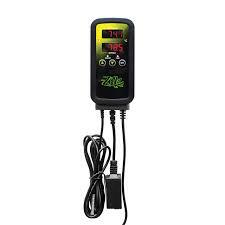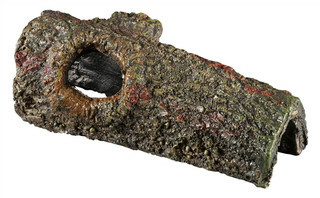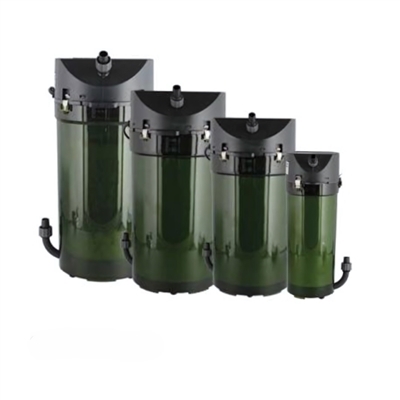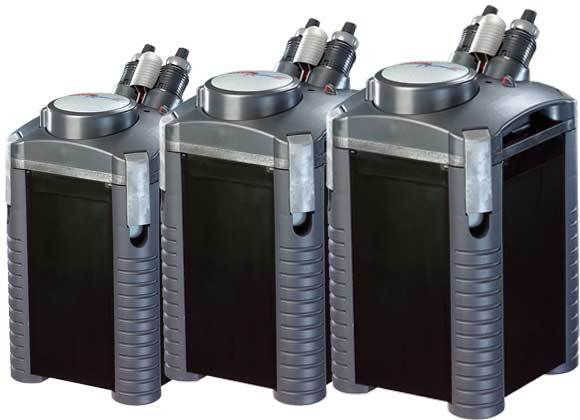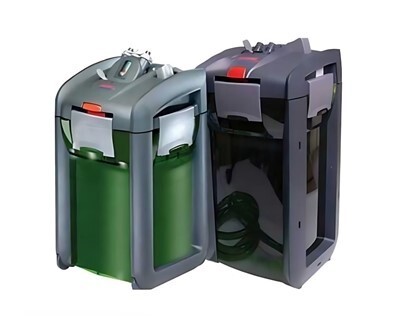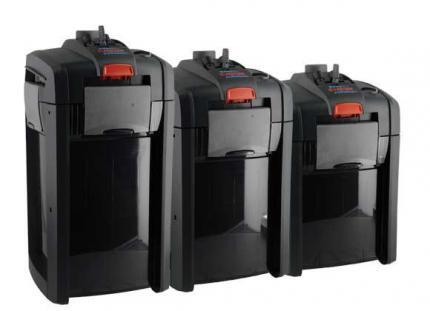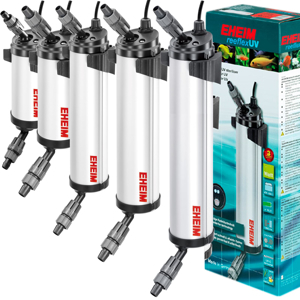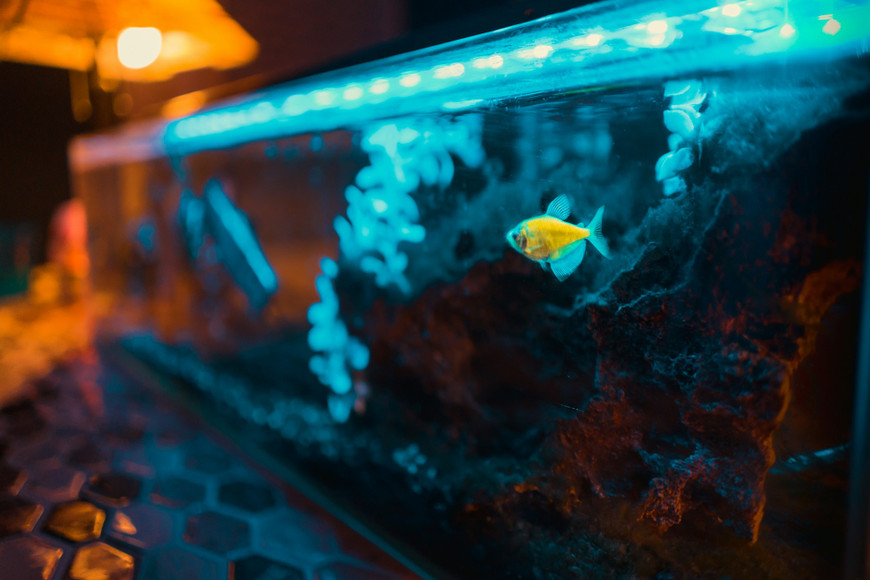Selecting and Installing Aquarium Lights: A Complete Guide for Fish Tank Owners
Fish Tanks Firect on Feb 14th 2024
One of the vital components for maintaining a successful and healthy aquatic environment is the lighting system. Choosing the right type of light, understanding the diverse lighting needs of various aquatic inhabitants, and properly installing and maintaining the lighting system can significantly contribute to a thriving aquarium ecosystem. Discovering how to create the perfect balance of light and darkness will improve the well-being of both plant life and aquatic inhabitants, as well as maintain the aesthetic appeal of your freshwater fish tank or saltwater aquarium.
This comprehensive guide aims to equip fish tank owners with the knowledge and tools needed to make informed decisions about aquarium lighting. We will discuss the different types of lights available, the specific lighting requirements for various types of fish, plants, and corals, and tips on how to correctly install and maintain your aquarium's lighting system for optimal performance.
We will explore the various benefits of LED, fluorescent, and metal halide lights, as well as their optimal installation and maintenance procedures to maximize efficiency and longevity. Whether you are a seasoned aquarium enthusiast or a beginner looking to set up your first fish tank, understanding the importance and intricacies of aquarium lighting can help you create the ideal environment for your aquatic friends.
Join us as we delve into the world of aquarium lighting, providing valuable insights that can improve the health and beauty of your fish tank, and ultimately, support the well-being of your aquatic inhabitants. By the end of this guide, you will be inspired and equipped to take your freshwater fish tank or saltwater aquarium to new heights, with gorgeous lighting that showcases and supports the life within.
1. Understanding the Different Types of Aquarium Lighting
Selecting the best type of light for your fish tank is crucial to the health and happiness of your aquarium inhabitants. Let's explore the three primary types of aquarium lighting:
a. LED Lighting: LEDs (Light Emitting Diodes) are increasingly popular for aquarium lighting, as they are energy-efficient, produce minimal heat, and offer a broad spectrum of colors. This type of lighting is suitable for both freshwater and saltwater aquariums, with adjustable settings that can cater to the unique requirements of various fish, plants, and corals.
b. Fluorescent Lighting: Fluorescent lights provide a reliable, energy-efficient option for aquarium lighting. They are available in various lengths and wattages, making them suitable for different tank sizes. This type of light is ideal for freshwater aquariums with low-light plants and certain saltwater tanks with non-photosynthetic corals.
c. Metal Halide Lighting: Metal halide lights emit bright, intense illumination with a high-quality light spectrum, making them perfect for large saltwater aquariums and coral reef tanks. However, they tend to consume more energy and produce more heat than LED or fluorescent lights, so extra care must be taken when using them.
2. Lighting Requirements for Various Aquarium Inhabitants
When choosing aquarium lighting, it's crucial to consider the specific needs of your tank's inhabitants:
a. Fish: Most fish require a natural day/night cycle to maintain their health and behavior. Simulating this lighting pattern can be achieved through the use of timers and dimmable lights, with 8-10 hours of daily light in general. It is also essential to consider the natural habitat of the fish species in your aquarium, as some fish prefer dimmer or more brightly-lit environments.
b. Plants: Live aquatic plants have specific lighting requirements based on their photosynthesis needs. Low-light plants, such as Java moss and Anubias, can thrive under moderate fluorescent or LED lighting. However, high-light plants, like Amazon swords and dwarf baby tears, require more intense light sources, such as higher wattages of fluorescent lighting or LED systems with a higher light output.
c. Corals: Corals in saltwater aquariums also have distinct lighting needs. Soft corals and LPS (large polyp stony) corals generally require moderate lighting, while SPS (small polyp stony) corals and anemones demand high-intensity lighting for optimal growth. LED and Metal Halide lighting systems tend to be the best options for these lighting requirements.
3. Proper Installation and Maintenance of Aquarium Lighting
Ensuring proper installation and routine maintenance practices can extend the life and efficiency of your aquarium lighting system:
a. Mounting: Mount aquarium lights at an appropriate distance above the water surface to avoid excessive heat transfer and potential water splashes. Some lighting systems come with built-in mounts, while others may require additional equipment like hanging kits or brackets.
b. Timers: Utilize timers to automate your aquarium's day/night cycles, promoting regular behavior and health for your aquatic inhabitants. Most advanced LED systems have integrated timers or can sync with aquarium control platforms, while other types may need an external timer.
c. Cleaning: Regularly clean your aquarium lights to ensure optimal performance and longevity. Carefully remove dust, algae, and mineral deposits from bulbs, tubes, or LED fixtures using a soft, damp cloth. Always follow the manufacturer's instructions and unplug the lighting system before cleaning.
d. Replacing Bulbs: Fluorescent bulbs and metal halide lights will lose their intensity over time and should be replaced every 6-12 months. LED lights have a longer lifespan, typically lasting several years, but may need periodic component replacement.
4. Tips for Selecting the Ideal Aquarium Lighting System
To choose the perfect lighting system for your fish tank, consider the following recommendations:
a. Assess the needs of your aquarium inhabitants (i.e., fish, plants, or corals) and research their specific lighting requirements.
b. Determine the type of lighting system (LED, fluorescent, or metal halide) that best suits the needs of your tank.
c. Consider the size and dimensions of your aquarium when selecting appropriate lighting fixtures.
d. Investigate the energy efficiency, heat production, and maintenance needs of the lighting system.
e. Evaluate the features and benefits of timers, dimmers, and spectrum controls to enhance your aquarium's lighting setup.
Enhancing Your Aquarium Experience Through Thoughtful Lighting Choices
Aquarium lighting plays a vital role in supporting the health and vitality of your fish tank's inhabitants. By understanding the various types of lighting systems, assessing the needs of your aquatic life, and properly installing and maintaining the lighting setup, you can create a thriving and visually stunning aquatic environment. As you embark on this journey of thoughtful lighting choices, your passion for aquariums can flourish, resulting in a beautiful and vibrant aquarium that supports your fish, plants, and corals. So, take your time, do your research, and embrace the transformative impact of well-chosen aquarium lighting. Get your aquarium equipment at Fish Tanks Direct!

